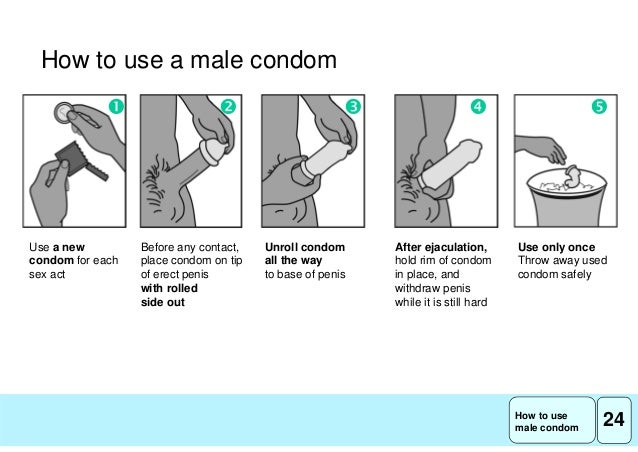Photo illustration by Aurich Lawson
For me, acquiring new gadgets is painfully easy; offloading old ones is more difficult. The predictable result: a closet, garage, or basement full of aging but not quite obsolete tech. As an Ars reader, you can probably relate.
I recently ran into my first-generation Apple TV during a spelunking expedition into the depths of my home office closet. After upgrading to a second-gen Apple TV last year, I had actually forgotten the old one was in there. The rediscovery piqued my curiosity. Though I have long avoided performing jailbreaks on my Apple products, the old Apple TV gave me a chance to find out what else I could watch on this thing besides iTunes content.
You can actually watch all manner of other content on an old Apple TV if you're willing to tinker. The two most popular software interfaces are a version of Boxee and a version of XBMC, both designed for the original Apple TV. Here, I offer you a chronicle of my own experiences setting up these both solutions, and show you how to do the same.
Before watching all those movies you diligently ripped from your own collection, you have to get your electronic mise en place. Here's the minimum list of ingredients:
The ATV USB Creator is an open source project that, luckily for original Apple TV owners, remains alive and well. It lets you create a patchstick from your USB drive, which will then let you replace the Apple TV's existing operating system with a modified version.
Some instructions floating around the Web claim that you also have to download the latest version of the (old) Apple TV operating system, but if you are using the Mac version of the ATV USB Creator, you don't have to take this extra step.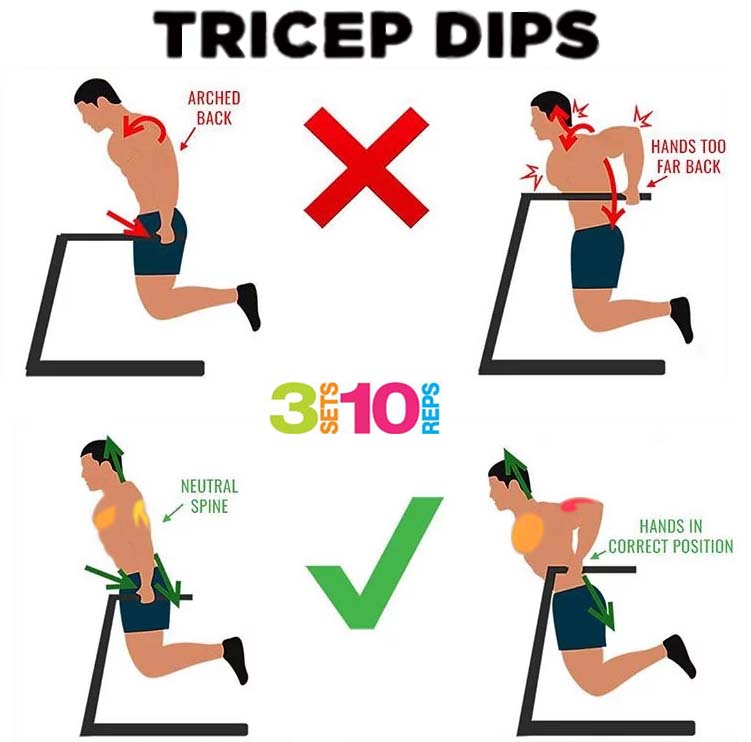 The tool (as of publication) can download its own copy of the latest Apple TV operating system, so it's unnecessary to dig up your own copy unless you are specifically aiming to install an older version of the OS.
The tool (as of publication) can download its own copy of the latest Apple TV operating system, so it's unnecessary to dig up your own copy unless you are specifically aiming to install an older version of the OS.
In order to get the patched version of the OS onto your USB stick, plug the stick into an open USB port and fire up the ATV USB Creator. It will look a lot like this:
Make sure "ATV-Patchstick" is selected in the top left drop-down, then select "XBMC/Boxee for Mac" from the bottom drop-down under "Installation Operations." If the software can see your USB drive, it will show it in the drop-down along the bottom of the window under "USB Target Device." (If it's not seeing the drive, try clicking the refresh button represented by the blue arrows). If you want the tool to automatically download the latest Apple TV OS on its own, don't click the "Choose a DMG" button, but if you have another version of the OS that you've downloaded from somewhere, you can click that button to find the DMG file on your computer.
When done, click the "Create Using ->" button at the bottom of the window, which will then try to put a patched version of the Apple TV OS onto your USB drive.
I say "attempt" because, according to my own experience and to numerous accounts online, this may not work the first time. Or the second time. Or the third and fourth times. I actually had to try five separate times before the tool successfully created a bootable USB stick; apparently it's possible for some USB drives to simply not work with the tool, and the recommended course of action flip flops between "just try again" and "try a different brand of USB stick." For what it's worth, I never tried another stick; mine just failed four times before succeeding.
After a successful patch—you'll know because the ATV USB Creator will tell you it worked—you're ready to defile your first-generation Apple TV.
Congratulations! If you're anything like me, you've already wasted an entire day by this point.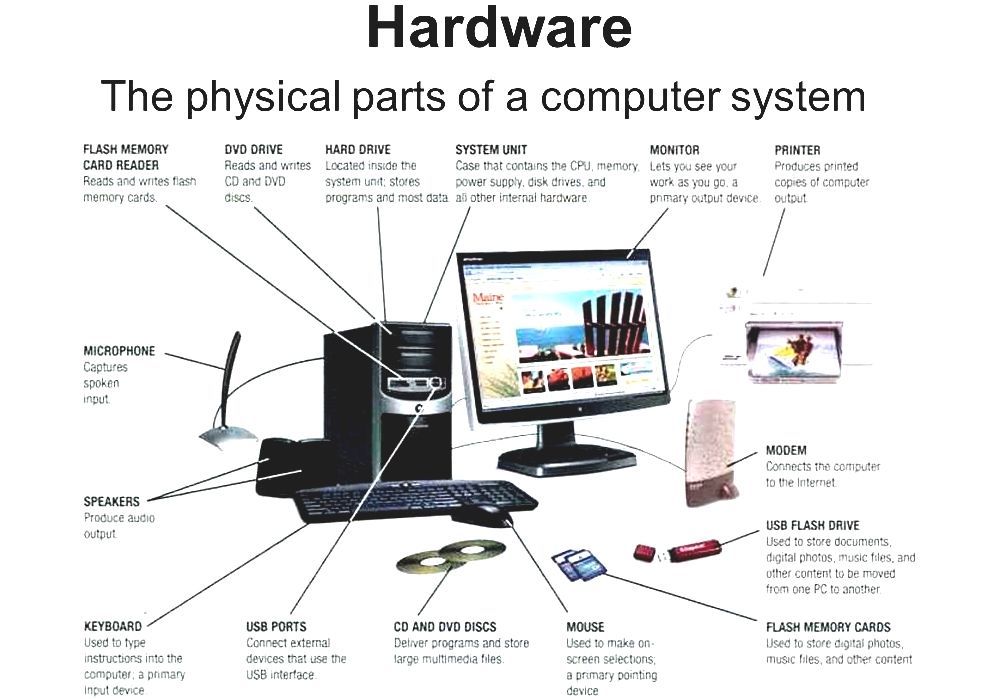 Still, success feels pretty good, doesn't it? The next major step is to put the modified version of the OS onto your Apple TV. Luckily, it's a relatively straightforward process.
Still, success feels pretty good, doesn't it? The next major step is to put the modified version of the OS onto your Apple TV. Luckily, it's a relatively straightforward process.
Make sure your Apple TV is off (you'll have to unplug it, since there is no power button), then insert the USB stick into the port on the back of the device. Plug the Apple TV back in and allow it to boot. If the patchstick is successful, you'll see something like this on your screen:
Once the Apple TV claims it's finished with the installation, you'll have to reboot the device. The Apple TV will go through its normal boot video and once it gets to the main menu screen, you'll know for sure whether the installation was successful.
If so, you'll see new menu options across the board. You don't need to mess with most of these unless you want to dive down the rabbit hole of specific configurations or use the Console. But what you should do before proceeding is go into the new Software menu, then go into Settings, and then scroll down to "UpdateBlocker" and turn it on. This will block future Apple TV OS updates from coming down the line and wiping out all your stuff. It's an unlikely scenario, considering that the first-gen Apple TV is unlikely to see updates at this point, but it's the safe thing to do nonetheless.
This will block future Apple TV OS updates from coming down the line and wiping out all your stuff. It's an unlikely scenario, considering that the first-gen Apple TV is unlikely to see updates at this point, but it's the safe thing to do nonetheless.
Once you've done that, you're ready to set up the software. But first, make sure your Apple TV is connected to a WiFi network, because you still have to download the latest version of Boxee and/or XBMC before you can use them.
Go back to the Launcher menu and select Downloads. From there, select either Boxee or XBMC. This makes the Apple TV download the most recent version of either piece of software and install it on your device. You'll have to perform this action again if you want both Boxee and XBMC, but you don't have to (personally, I prefer Boxee.) Please note, however, that while the files are downloading, you shouldn't switch away from the screen—doing so will abort the download and you'll have to start over.
Once you finish downloading your media player software, you can then reboot the Apple TV into that software by going to the Launcher menu and selecting Boxee or XBMC. You don't have to unplug the Apple TV to do this; once you select the software, the device launches it automatically.
Voilà! Now you have Boxee or XBMC, or both, on your original Apple TV. If you have a Boxee login, you can then sign in with your username and password in order to access the various services that Boxee offers.
Search this guide
Before you can modify any device settings for iPhone, iPad, and Apple TV devices, you must connect your device to the Mac that has Apple Configurator installed.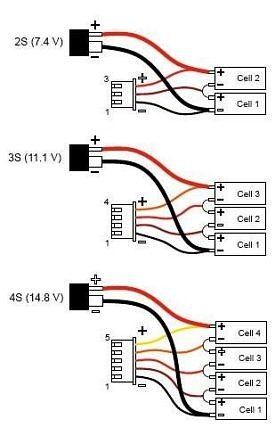
In Apple Configurator , plug in your iPhone or iPad using the USB cable that came with your device.
You can connect multiple iPhone and iPad devices to USB ports on the Mac and modify them simultaneously, or you can use powered USB 2.0 or later high-speed hubs or carts that support multiple simultaneous device syncing. Hubs and carts that are part of the MFi licensing program go through a testing and certification process. See the MFi Program website.
If this is the first time you’ve plugged the device into this Mac, tap Trust on the device’s “Trust this computer” pane.
In Apple Configurator , use a USB-C cable to connect Apple TV HD to a USB port on the Mac.
You can connect multiple Apple TV HD devices to USB ports on the Mac and modify them simultaneously.
Launch Apple Configurator, then plug in the Apple TV to power and a monitor or TV.
From the Apple Configurator menu, choose Paired Devices.
Select your Apple TV in the Paired Devices list, then click Pair.
Enter the six-digit personal identification number (PIN) that appears on the screen of your Apple TV.
Select your Apple TV in the device window of the Apple Configurator.
Click Prepare, and follow the onscreen instructions to set up your Apple TV.
Using Ethernet, make sure your Apple TV is connected to the same network your Mac is connected to.
Make sure the Apple TV is at the first screen of the Setup Assistant that says Pair Your Remote.
Launch Apple Configurator .
From the Apple Configurator menu, choose Paired Devices.
Select your Apple TV in the Paired Devices list, then click Pair.
Enter the six-digit personal identification number (PIN) that appears on the screen of your Apple TV.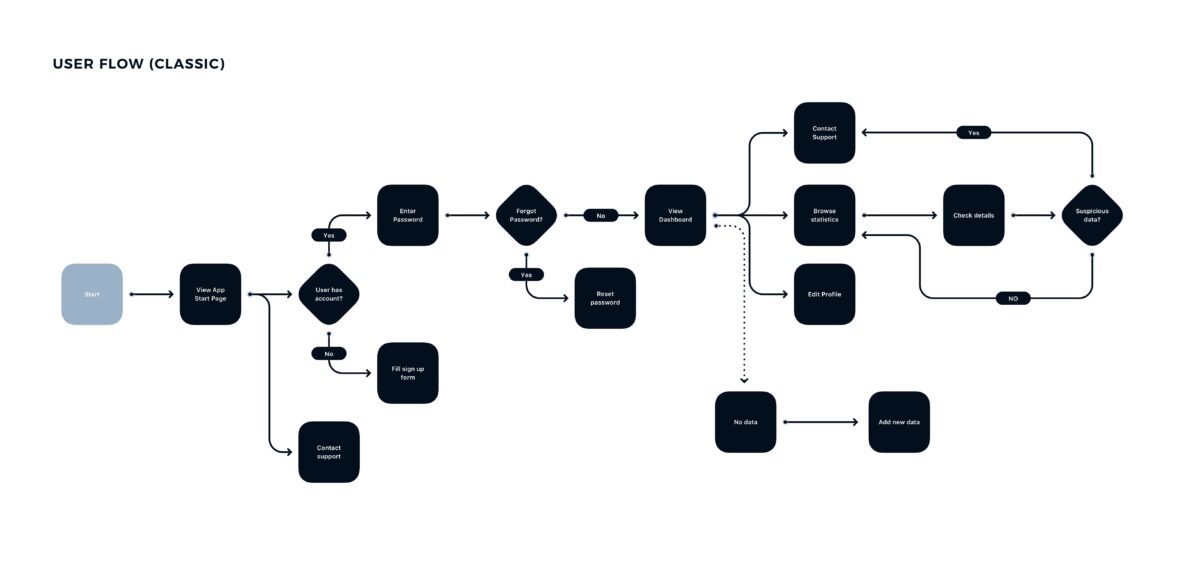
Select your Apple TV in the device window of the Apple Configurator.
Click Prepare, and follow the onscreen instructions to set up your Apple TV.
See alsoPrepare Apple TV in Apple ConfiguratorApple Support article: Identify your Apple TV model
Character limit: 250
Please don’t include any personal information in your comment.
Maximum character limit is 250.
Thanks for your feedback.
Kazuma ATVs, like any transport, need good care and respond to it with excellent performance. However, you need to monitor not only the internal state of the ATV, for many drivers the appearance of the device is no less important than for a woman, for example, an excellent manicure. Therefore, today our story is about how to give the appearance of your ATV a little shine and gloss.
Every ATV has a lot of plastic parts on its body.
Before I talk about how to get rid of scratches, I want to remind you that even with scratches, different plastics can look different. On some surfaces, scratches stand out brightly, while on others they are almost invisible. I remember how at the same time my friend and I had two ATVs, both were brand new and shiny, sparkling in the sun with absolutely smooth plastic. But very soon the blue plastic began to look worn and old. At the same time, scratches on black were not at all noticeable, although when checking them, they turned out to be no less. Some plastics somehow perceive scratches more strongly and age just before our eyes. If you want to know what your ATV will look like after a short use, take a look at the car market and look at the used models that are sold there.
When I found out how much new plastic costs, the desire to change it completely disappeared, so I decided to start restoring its former beauty. But before wasting time and effort, you should carefully examine the condition of the plastic - small, shallow scratches can be easily smoothed out using fine sandpaper and then polishing pastes. After careful processing from scratches, there is practically no trace left. Deep scratches will be more difficult to deal with, but they can be smoothed out and the ATV will look a little better.
But the color of plastic, burnt out in the sun, cannot be restored by polishing, under the sun's rays and from time to time the pigments in the plastic gradually disintegrate and only painting will help restore the brightness of the details. Painting will help hide some of the scratches. If the plastic has oxidized, it starts to look like it has been powdered, however this does not affect its qualities in the least, and if you are not very worried about the appearance, you can ride such a burnt ATV for a very long time.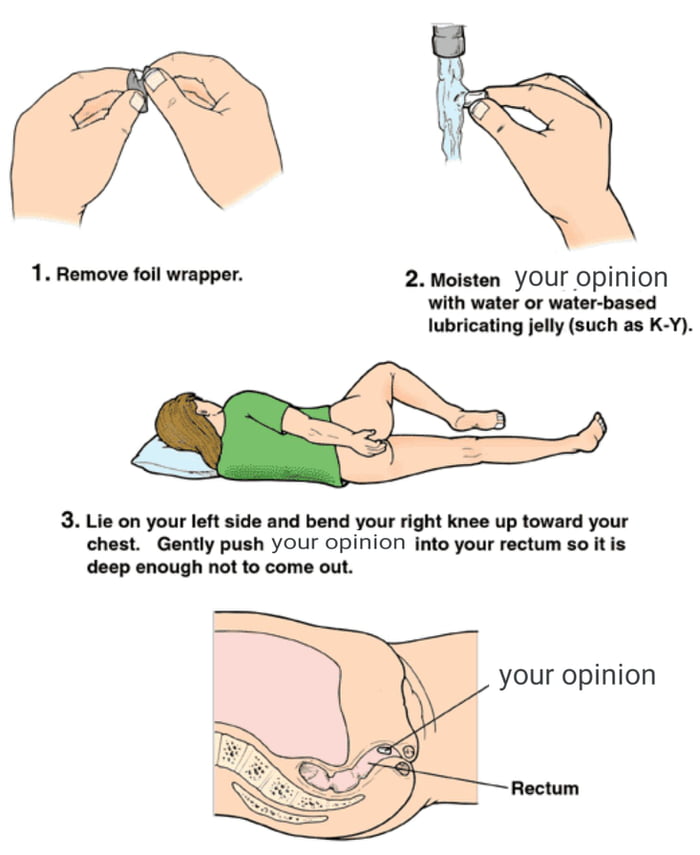
Large fenders are not always needed on an ATV and many owners cut them off to give the ATV more aggressive appearance. This does not affect the aerodynamic characteristics of the device too much, however.
To do this yourself, properly prepare the ATV. You can mark the cut line by sticking electrical tape or colored tape on the wing. Just mark the cut line with it to make it easier for you to guide the tool later. The duct tape comes off easily, so you can try on the cut line before proceeding with the operation.
In principle, the preparation is now complete and you can start cutting. An angle grinder, popularly called a grinder, is best suited for cutting, put a disc for precise cutting and you can start. However, you can take any other tool with which it will be convenient for you to cut plastic. Do not forget about protection, the fragments can fly quite far, so protect your eyes with goggles.
Now you need to finish the edges - wrap the sanding sheet around the bar to make it easier to hold and sand the edges until then. Until you like their condition. You can also gently melt the edges, making them perfectly smooth and even. Just do not overdo it - the edges should not bubble under a blowtorch or a building hair dryer, but just become soft and neat. If you do it right, no one will ever guess that you cut the fenders yourself, and did not receive such an ATV from the factory.
Until you like their condition. You can also gently melt the edges, making them perfectly smooth and even. Just do not overdo it - the edges should not bubble under a blowtorch or a building hair dryer, but just become soft and neat. If you do it right, no one will ever guess that you cut the fenders yourself, and did not receive such an ATV from the factory.
However, if you are afraid of damaging the plastic with high temperatures and have enough time and effort, you can achieve a similar effect using a grinding wheel on a power tool. This completes the processing of the wings and you can go on your first trip on the updated ATV.
Of course, the main tuning of any ATV is primarily to increase its speed characteristics. Here are some tips on how to make your quad bike faster.
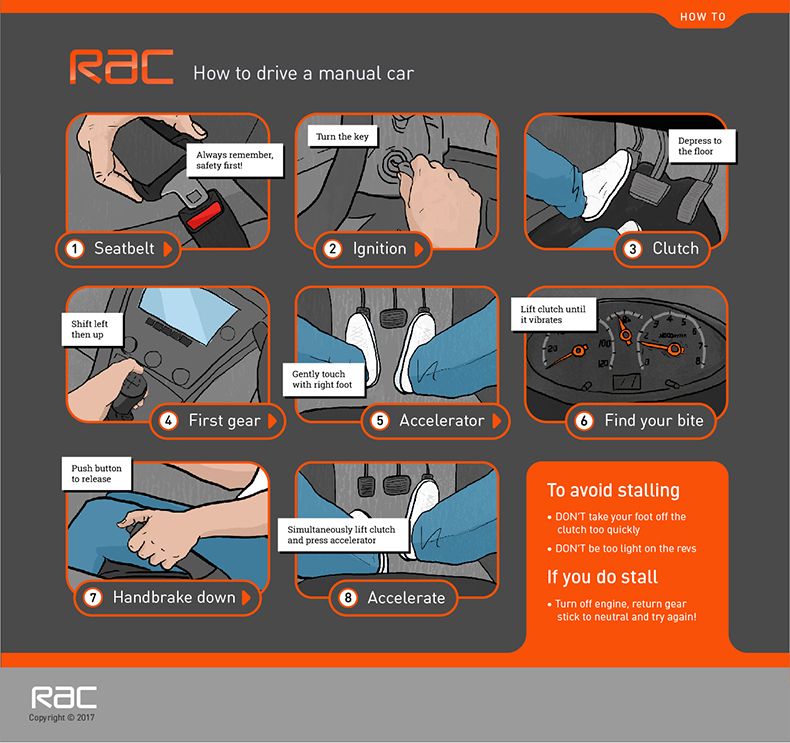
Photo avtovzglyad.ru
and gearboxes suspects even the most irresponsible ATV owner. But what to do with the undercarriage of an all-terrain vehicle, so that it faithfully serves for many, many seasons, even hardened lovers of mud are not always known. The portal "AutoVzglyad" will help to understand the problem.
Dmitry Zlenko
The chassis of an ATV can, by and large, be considered a consumable item. Some manufacturers make parts and assemblies with a large margin of safety (for example, to make a hodovka on a Yamaha Grizzly, you need to really try), others deliberately underestimate the resource life in order to force brand fans to visit dealer service centers as often as possible.
Some manufacturers make parts and assemblies with a large margin of safety (for example, to make a hodovka on a Yamaha Grizzly, you need to really try), others deliberately underestimate the resource life in order to force brand fans to visit dealer service centers as often as possible.
Chinese, Russian and some American manufacturers especially sin with such a "customer-oriented" approach. Meanwhile, in order to extend the service life of even a not very hardy walker, it is enough to regularly service it even with inexpensive, but extremely effective means.
Photo avtovzglyad.ru
Let's start with the suspension arms. If there are silent blocks in them - levers, then nothing needs to be serviced here, we just ride until the silent blocks are "tired". But much more often, quadric levers work on pressed plastic bushings, inside of which there are spacer metal bushings.
When driving through mud, water with small fractions of sand inevitably gets inside this structure, and the plastic bushings begin to wear out, and the metal bushings begin to rust.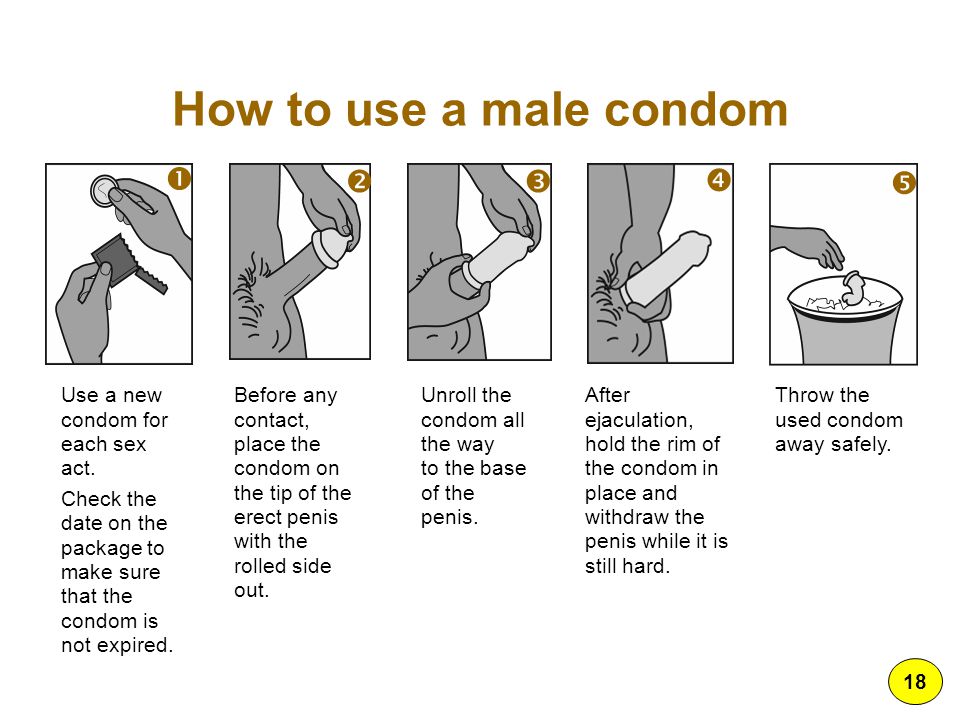 To prolong the life of the suspension arms and knuckles, after each ride, these components must be injected with grease. And best of all, as practice shows, this should be done with the help of high-temperature grease for LM 50 Litho HT bearing hubs. It is clear that temperature anomalies do not occur in the bushings of the suspension arms, but the beauty of the drug is that it is universal: that is, this “gel” can process both bushings of fists and suspension arms, as well as driveshaft crosses and wheel bearings.
To prolong the life of the suspension arms and knuckles, after each ride, these components must be injected with grease. And best of all, as practice shows, this should be done with the help of high-temperature grease for LM 50 Litho HT bearing hubs. It is clear that temperature anomalies do not occur in the bushings of the suspension arms, but the beauty of the drug is that it is universal: that is, this “gel” can process both bushings of fists and suspension arms, as well as driveshaft crosses and wheel bearings.
It should be noted that LM 50 Litho HT absorbs impact loads well, adheres excellently to the surface, and is highly resistant to water. The temperature range of its use is from −30°С to +140°С. And do not forget that regular maintenance of the walker not only prolongs its service life, but also guarantees your safety. After all, a wheel that has fallen off at speed or a wheel bearing that has become wedged is not such a rare occurrence for ATVs.
Photo avtovzglyad.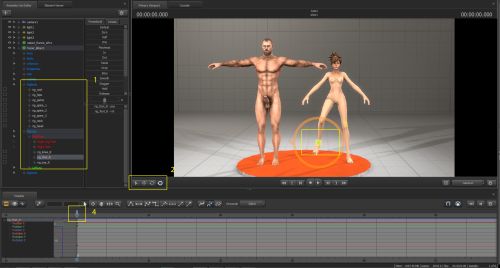 ru
ru
Photo avtovzglyad.ru
True, to do this simple procedure is oh how difficult. Since bolts with a nut tend to rust, sometimes the threaded connection will turn sour so that the wrench will break rather than the nut will break off. Another product from Liqui Moly will relieve such torment - a rust solvent with molybdenum disulfide MoS2-Rostloser.
This spray is specially designed to remove rust and facilitate the subsequent dismantling of threaded parts in cases where the threads are damaged by corrosion. The agent perfectly dissolves iron oxides and has a high penetrating power. And a special substance, molybdenum disulphide (MoS2), provides lubrication to the threads, which levels the presence of damage caused by corrosion on it. To unscrew the soured rusty nut, just pop on the connection, wait a few minutes and take the keys. By the way, MoS2-Rostloser, among other things, protects the parts treated with it from corrosion. A very useful tool for any country garage, because it is useful not only for the repair and maintenance of an ATV.
A very useful tool for any country garage, because it is useful not only for the repair and maintenance of an ATV.
There are parts in ATVs and UTVs that, on the one hand, need care and lubrication, but on the other hand, the use of “greasy”, non-drying compounds is not allowed, since this will stain riders' clothes. For example, ATV seat locks, buggy door hinges, UTV pedal assemblies. But for knowledgeable people, this, frankly, is not a problem.
Photo avtovzglyad.ru
Photo avtovzglyad.ru
So, in the Liqui Moly product line there is a dirt-repellent white grease Wartungs-Spray weiss. The agent forms a lubricating layer to which dirt, dust and moisture do not adhere. And what's more: it prevents the formation of rust in the places of application, prevents the formation of so-called frictional corrosion. The resulting soft layer of non-sticky lubricant tightly “clings” to the contact point, reducing the friction of parts and protecting, among other things, from freezing of parts.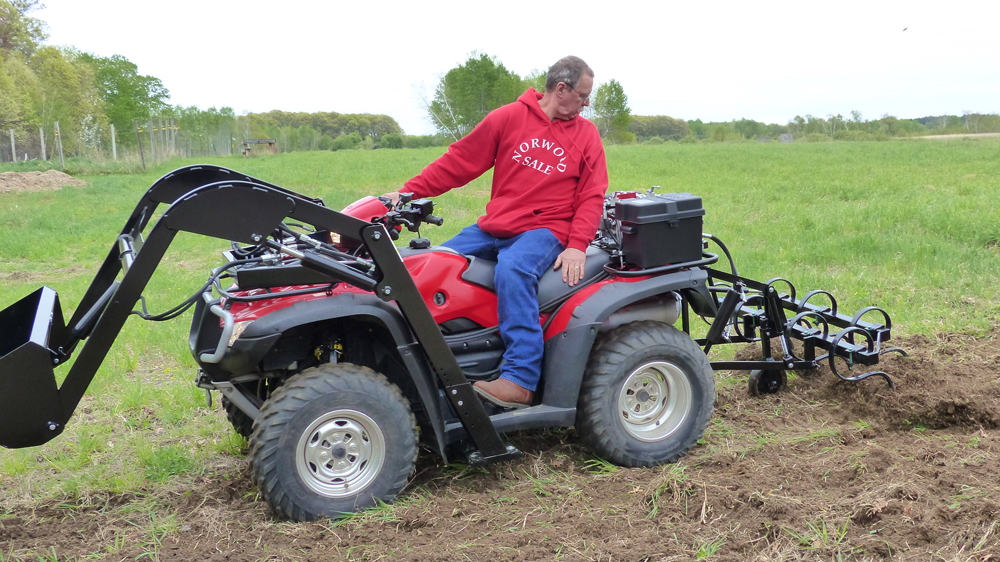
A logical question: is it possible to treat ignition locks with this lubricant, because, after all, moisture also gets into them and the larva eventually becomes completely unusable. In principle, nothing bad will happen to the castle, but white stains around will hardly please. And if you consider the ignition locks of BRP ATVs, into which keys with chips are inserted, then the use of such a composition can, in theory, prevent normal reading of the code.
In fact, for the maintenance of ignition locks and other contact areas where a non-tacky lubricant is needed and oil or silicone compounds cannot be used, Liqui Moly has developed a PTFE-Pulver-Spray Teflon Spray. It forms a dry, transparent and at the same time water-repellent layer on rubbing surfaces, to which dirt and dust do not stick at all. PTFE-Pulver-Spray is free from oils, fats and silicones and is neutral even to sensitive plastics and rubber. It's a little expensive, but the investment, as they say, is worth it . ..
..
Photo avtovzglyad.ru
Photo avtovzglyad.ru
Another chemical composition useful for a country garage is a colorless silicone grease Silicon-Spray. Used to lubricate contact areas containing plastic or rubber parts.
Liqui Moly Silicon-Spray eliminates plastic squeaks (especially true for quadrics, because all of their bodies are made of plastic, which eventually begins to make extraneous sounds as a result of friction of one part articulated with another. In addition, the product protects rubber and plastic parts from drying and exposure to ultraviolet light.
Photo avtovzglyad.ru
Photo avtovzglyad.ru
...Timely maintenance of ATV components, which rarely care about, with the help of the right high-tech compounds, definitely extends the service life of equipment. And most importantly, a relatively small investment in the purchase of various sprays and lubricants allows in the future to significantly save on the repair of an ATV.